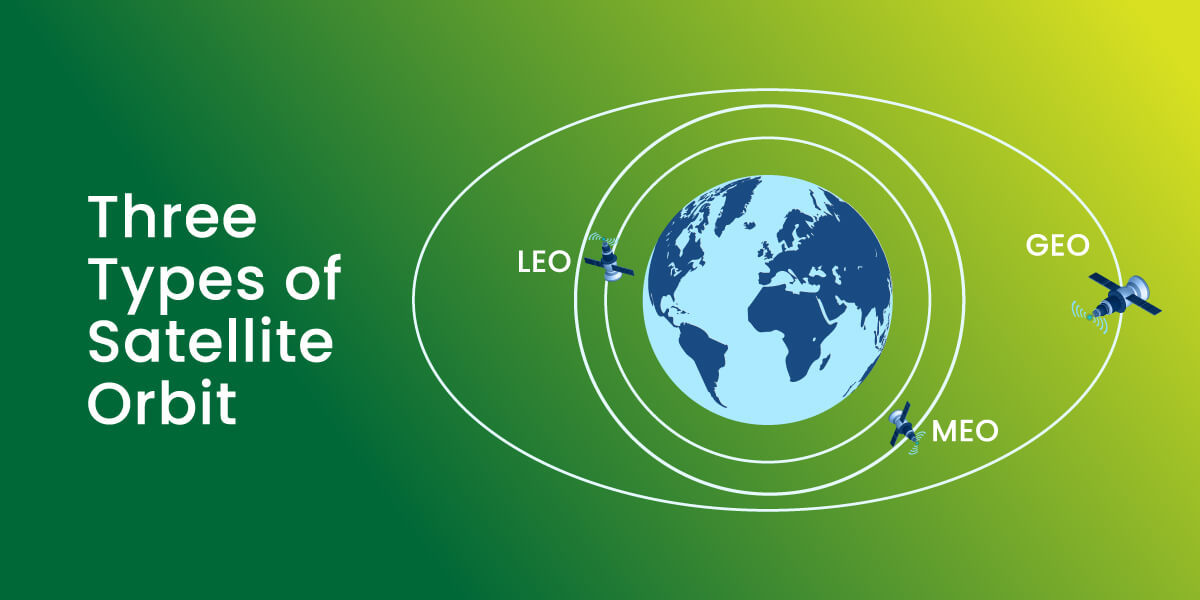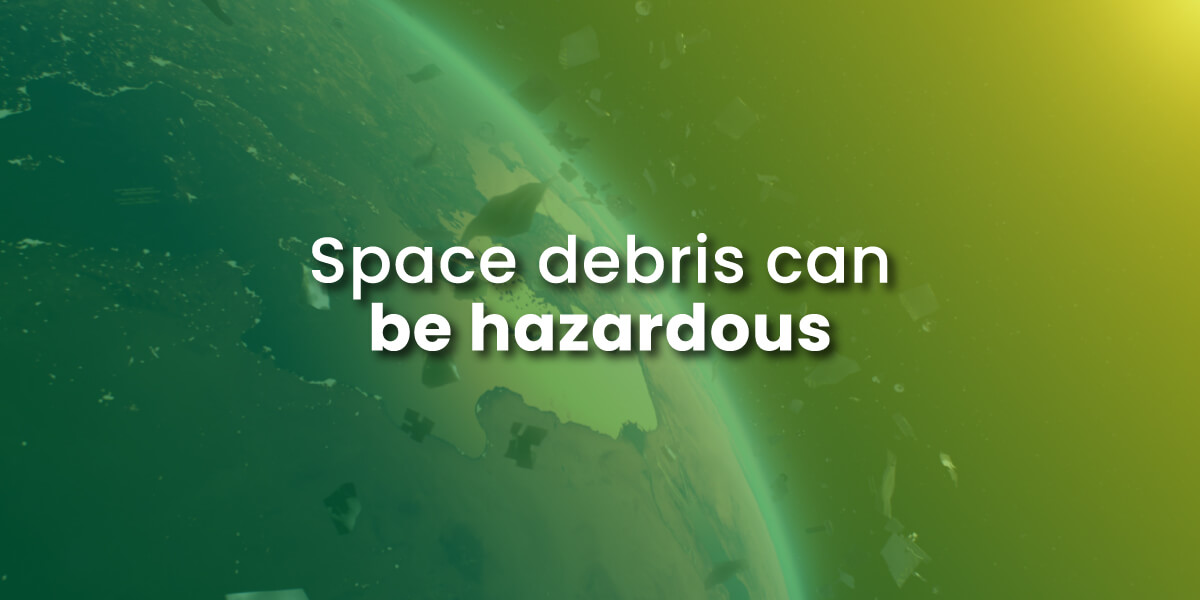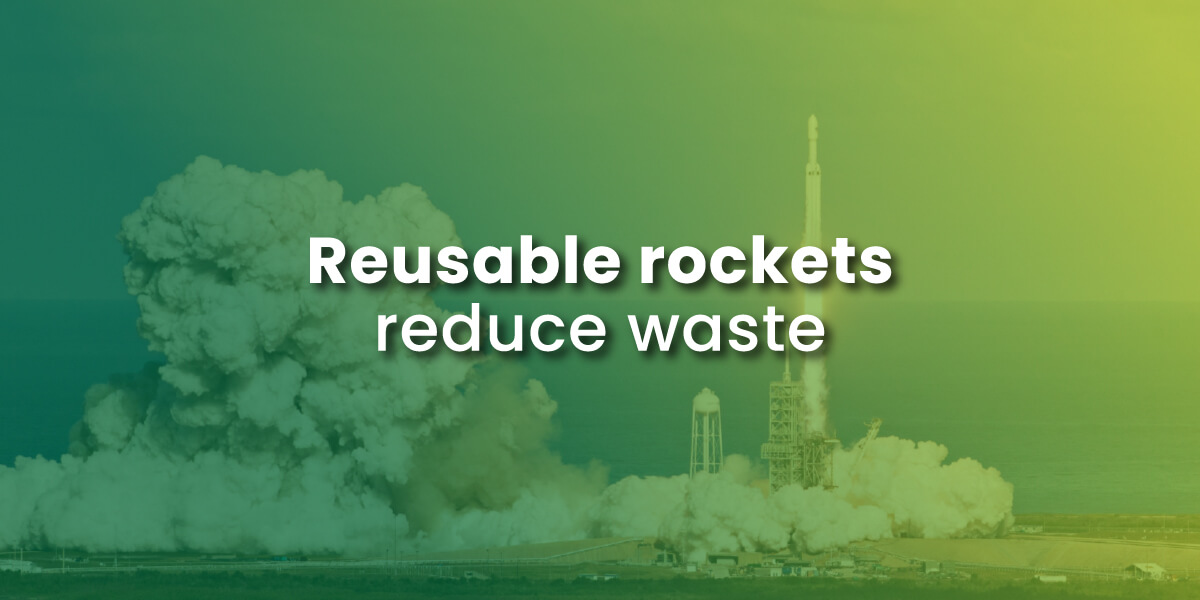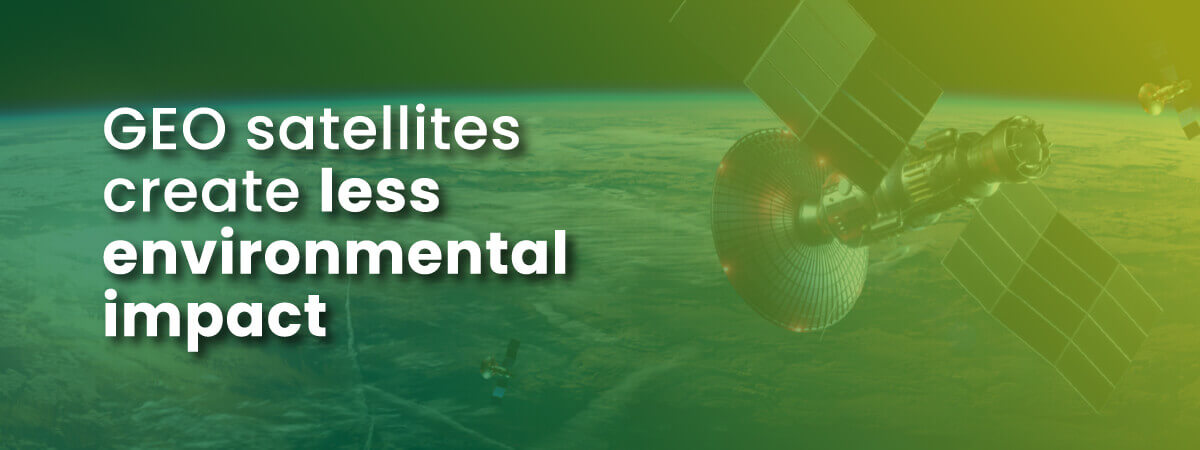Is Satellite Internet Eco-Friendly?
Table of Contents
Newcomers to the satellite industry such as SpaceX and Amazon are planning to launch thousands of satellites into space to provide a new type of satellite internet access. Will this massive launch harm the planet through increased pollution? Satellite internet has always offered advantages in reaching remote regions, but traditional forms of satellite internet don’t require thousands of satellites. Experts caution about drawbacks to this new “army of satellites” approach, such as runaway debris, light pollution, and harm to astronomical research.
Satellites can potentially meet our connectivity needs with less ecological impact than cable internet or fiber, which require installing cables in the ground. But satellite technology is only better if sustainability guides its design and deployment. By looking at factors like infrastructure, efficiency, space debris, and rocket emissions, we can make an informed judgment. Are massive satellite constellations ultimately helpful or harmful for our fragile planet? Are some kinds of satellite more eco-friendly than others? In this article, we’ll explore whether satellite internet can provide sustainable worldwide broadband.
How Satellite Internet Works: A Primer
Satellite internet provides broadband access using satellites in orbit around the Earth. These satellites are launched aboard rockets and positioned at various orbital altitudes.
Traditional satellite internet from Viasat deploys small numbers of geostationary satellites in orbits high above the earth (Geostationary Earth Orbit or GEO). These satellites cover large areas of Earth’s surface with a fleet of only one to ten satellites hovering 22,000 miles above the surface. Your home satellite antenna will always be pointing to the same satellite when you use traditional GEO satellite internet.
For the new proposed satellite constellations from SpaceX, tens of thousands of satellites are launched into Low Earth Orbit (LEO), which is only 1,200 miles from Earth’s surface. Users connect to the network via their home satellite dish installed at their location. The dish wirelessly beams data to and from the nearest orbiting satellite. The “nearest orbiting satellite” could change from hour to hour because LEO satellites change their position over the earth.
All satellite technology allows high-speed internet connectivity even in remote areas without cable or phone infrastructure. But LEO satellite technology requires the deployment of tens of thousands of metal objects into space. How will this affect our planet?

Reduced Infrastructure Footprint: A Major Environmental Benefit
All satellite internet does have some eco-friendly benefits compared to traditional wired broadband. The biggest advantage of satellite internet is that it does not require the substantial physical infrastructure needed for wired networks.
DSL, cable, and fiber optic networks rely on physical cables and hardware spanning cities, states, and countries. Laying thousands of miles of underground fiber-optic cables and erecting cell towers across the terrain has a far greater disruptive impact than a satellite launching into space.
Trenching to bury cables contributes to deforestation, habitat loss, and land disturbance. Building cell towers and other wired infrastructure consumes raw materials like steel and concrete. Satellite internet’s wireless nature avoids this extensive environmental footprint – a major benefit.

Energy Efficiency: Mixed Reviews
Another environmental consideration is power efficiency. Beaming internet data through the air could take less energy than pushing it through cables.
However, experts have debated whether satellite internet is actually more energy-efficient per bit of data transferred. Satellite signals travel a much farther distance. While satellites themselves may use less power, the grounded facilities connecting customers may offset gains. More research is needed to accurately compare power efficiency with detailed data analysis.
Space Debris and Light Pollution from LEO Satellites
Satellite internet using thousands of LEO satellites introduces some new ecological issues. Space debris is one growing problem. Rocket launches generate spent rocket stages and other objects that can collide and create uncontrolled debris. Out-of-service satellites also pose collision risks. China has already objected to the collision risk for its space station caused by SpaceX satellites.
If the number of satellites dramatically increases, space debris could make some orbits unusable and endanger other spacecraft.
Satellite constellations can interfere with ground-based telescopes by photobombing images and observations. Radio interference with radio telescopes is another concern. Astronomers have already reported impacts from the first Starlink launches. NASA issued a warning in February 2022 about the potential for SpaceX satellites to interfere with astronomical observations. Light pollution is part of the problem, as Starlink satellites streak through telescope views. The full impact on research has yet to be seen, as satellite mega-constellations expand.

Rocket Launch Emissions: An Unavoidable Reality
Another environmental impact comes from the rocket launches required to put satellites in orbit. Launching one rocket produces hundreds of tons of CO2 along with other emissions and contaminants. Reusable rockets reduce waste compared to expendable launch vehicles, but still release harmful exhaust.
With companies like SpaceX and Amazon planning to launch tens of thousands of satellites in the coming years, rocket launches will proliferate far more than with the number of launches for traditional GEO satellites. This rise in rocket pollution needs to be factored in.
Weighing the Pros and Cons for the Environment
What is the overall eco-friendliness of satellite internet? There are clearly benefits to reducing wired infrastructure but also new environmental harms from the LEO satellite system including space debris, interference with research, and rocket pollution.
GEO satellites are clearly more eco-friendly because there are fewer of them, and they fly farther out in space. High above the planet, they don’t cause collision risk or light pollution.
LEO satellites present more troubling issues. With careful constellation design, mitigation of new issues like space debris is possible. Committing to eco-friendly practices like reusable rockets, utilizing satellite longevity, and transitioning to renewable launch fuels can help minimize environmental downsides.
The key will be utilizing satellite technology responsibly and sustainably. Until new satellite companies prove that they can do so, we can’t be sure what impact choosing those technologies will have on our ecosystem.
Wired broadband has its own sustainability issues too, like energy-intensive data centers and destruction of natural habitat.
Overall, satellite internet has the potential to be a greener alternative to wired broadband, especially if you pay attention to which types of satellite internet do the least damage to the environment. If you are choosing an internet connection based on eco-friendliness, the best choice would be a geostationary satellite system such as Viasat’s internet service.

The Path Forward: Prioritizing Sustainability
As satellite technology evolves, sustainability needs to remain a priority. With companies racing to launch satellite mega-constellations, international oversight and enforceable space debris guidelines are becoming urgent necessities. Industry cooperation and self-regulation are also important near-term steps.
There is no question that universal internet access is important to social equality and opportunity. Only satellite internet can provide universal access, because there is no way for wired infrastructure to reach some rural areas. So, satellite internet carries great social good in its unique ability to close the digital divide.
Focusing R&D on more efficient and eco-friendly components could yield greener satellite designs. Renewable launch technologies like solar-electric propulsion are also on the horizon.
Satellite internet can provide global broadband access with less total impact than miles of buried cables. But sustainability practices need to be included in these ambitious plans from the start. And we as consumers can be mindful of how we are selecting our internet technology, so that we support technologies that lead to a sustainable future.
When human beings introduce new technologies that require 30,000 satellites instead of three satellites, there are impacts to be measured. Government agencies need to estimate the potential harms and act to mitigate them. And as individual consumers and voters, we also have to be educated and aware about the impacts of technology on the world around us and its future. At the very least, Elon Musk’s Starlink satellites will permanently change our night sky view, for every human being on Earth. Moving bright objects will now colonize every constellation. Watching the stars will be less serene.
No one can say yet what the total impact of 30,000 LEO satellites on our planet and our astronomers will be. But everyone should be watching closely. What is certain is that for now, traditional geostationary satellites are the known, proven, and responsible choice for sustainability and science.

Wondering if satellite internet is right for you? Check out our detailed exploration of what to expect from satellite internet.

